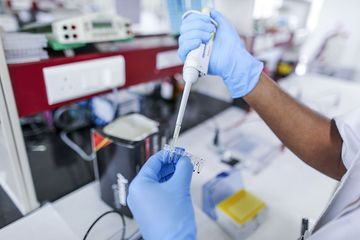As investors await results from the first U.S. clinical trials of the gene-editing system known as Crispr, scientists are focused on finding ways to administer it directly into humans, according to the technology’s co-inventor, Jennifer Doudna.
Right now, in studies using Crispr that have treated patients, researchers have had to extract their cells to be able to make edits to faulty DNA before infusing them back into the body for treatment. Being able to do precise edits directly inside humans, animals or plants could open the door to new applications, Doudna said.
